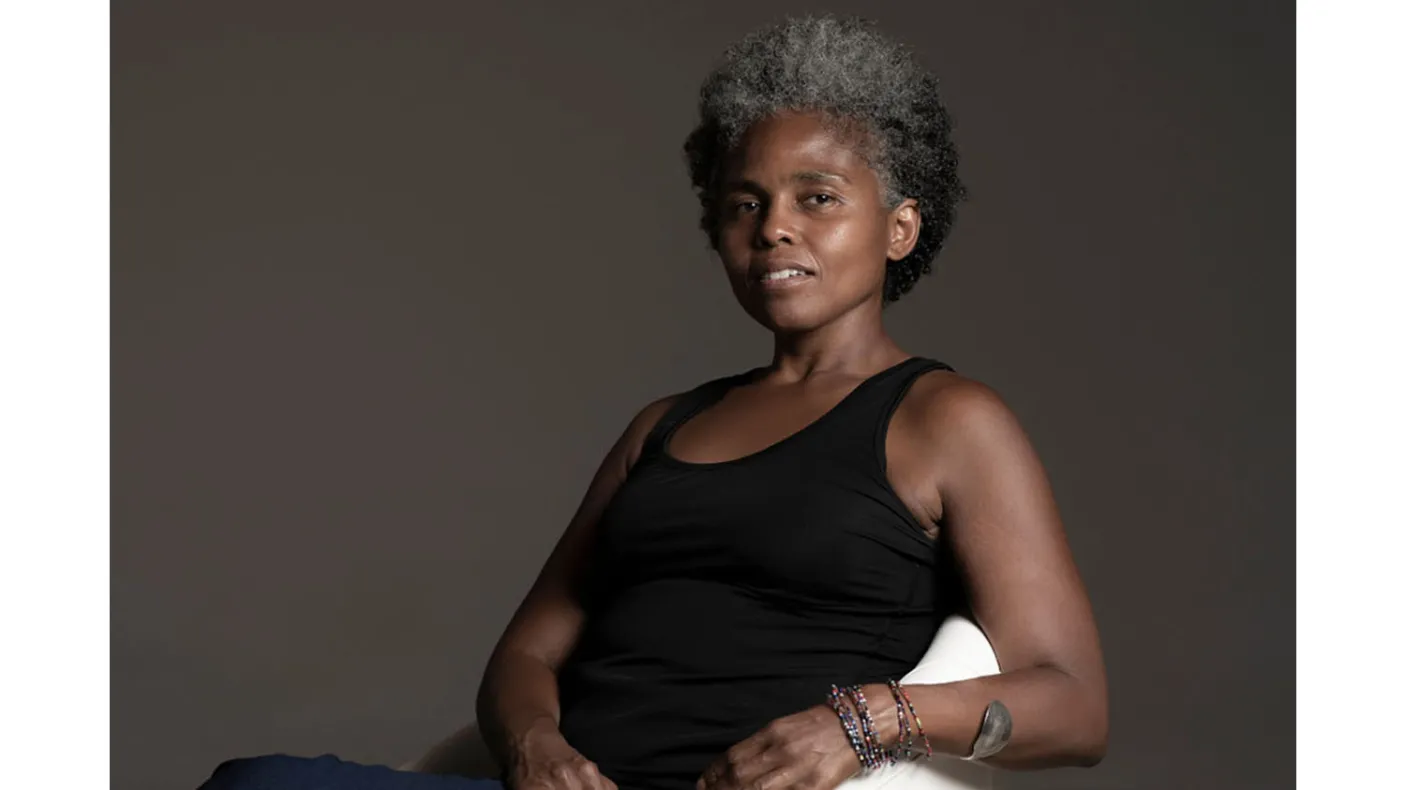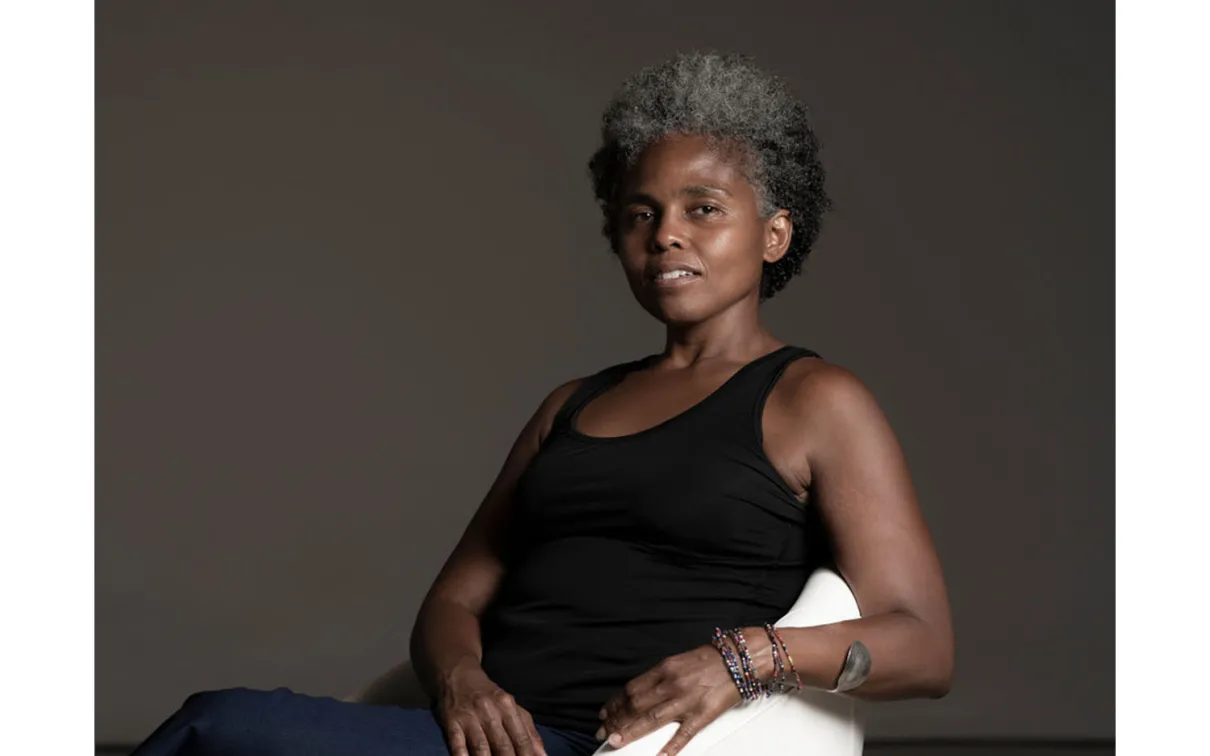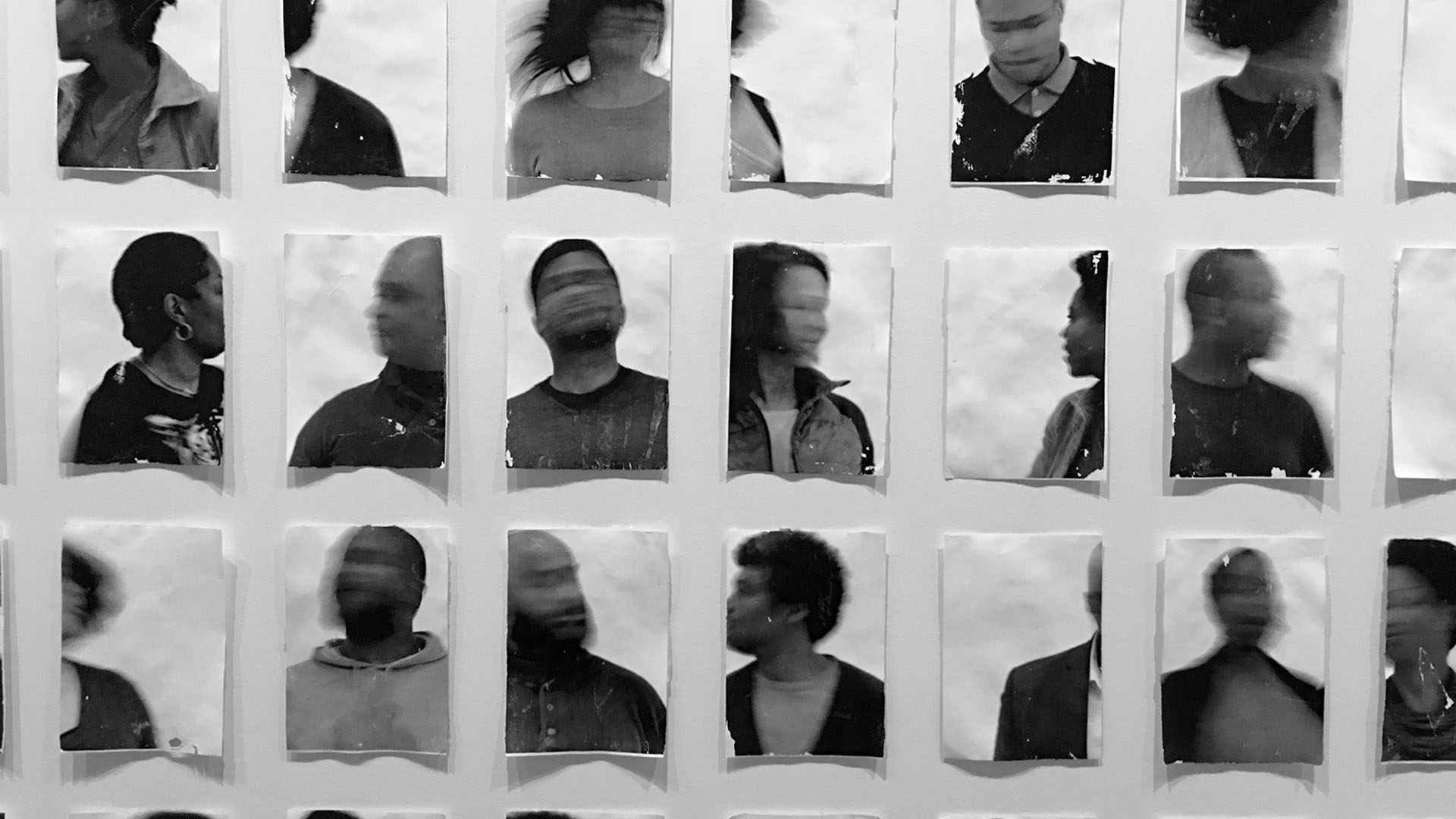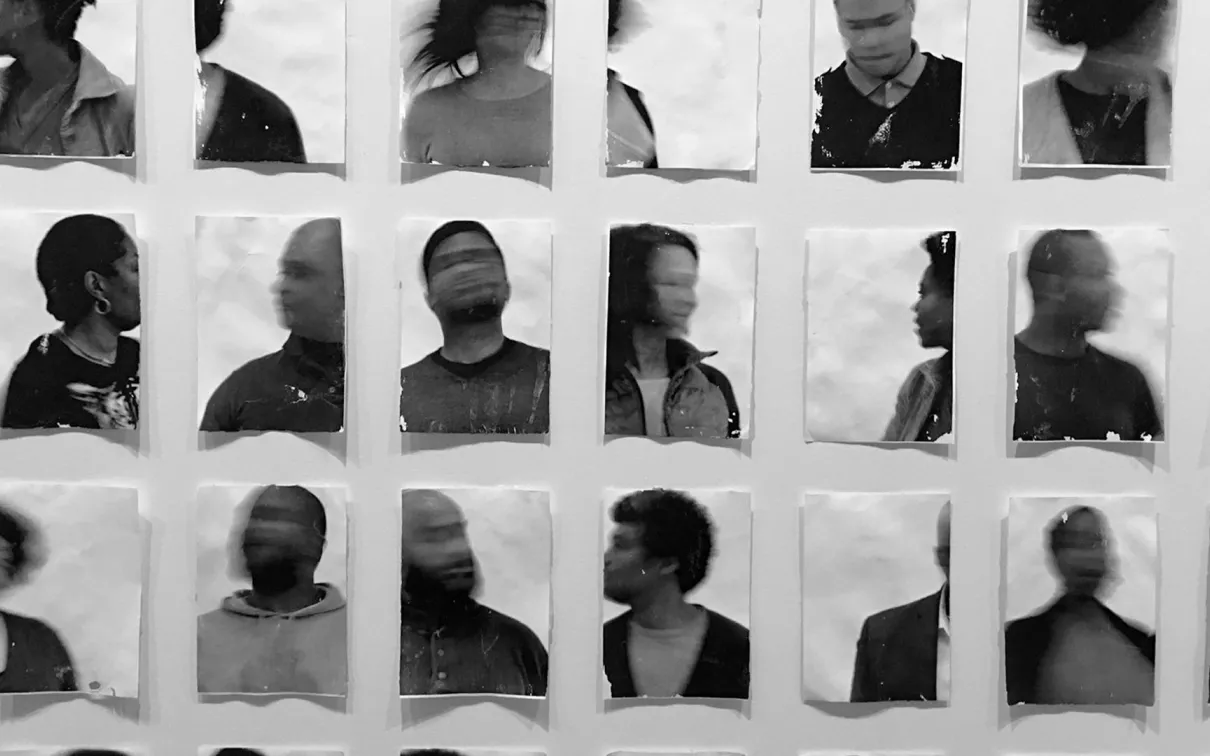The Reluctant Photographer
Contemporary Canadian artist Sandra Brewster discusses how photography informs and shapes her work.
Published
Categories
Author
Sandra Brewster’s art was part of the photographs
Sandra Brewster’s art was part of the photographs on display in the recent ROM exhibition Breaking the Frame. Here, she chats with ROM curator Dr. Silvia Forni on how her art evokes memory, history, and identity.
You are among the most contemporary artists in the Breaking The Frame exhibition. For a while you were somewhat reticent to define yourself as a photographer. Why is that?
Despite my awareness of the immediate relationship with photography I feel that I’ve been reluctant because of the respect I have for the medium and the work of dedicated photographers. I do not have that deep historical, traditional and technical engagement with the medium as I know some do. I came to it more deliberately in the digital era when postproduction manipulation makes for easy access. Photography, however, has always been around me, and I have been using it since my earlier drawings and paintings. I would reference photographs from the 1960s and 70s, that depicted people from the Caribbean who had recently arrived to Toronto. I was looking at how they presented themselves, the relationships between gestures and such.
I was also interested in how photographs are intrinsically emotional objects, how they carry memories and how we cherish them. In my work from the last few years, I'm referencing old photographs because of those intangible energies that come off these little pieces of memory, not only in the content, but also in their materiality—the condition of the actual paper—because we've kept them for so long.
How do you use photography to express emotion in your recent work?
My intention is for the work to be read beyond what is contained within the frame. I see photography as a way to connect to broader and deeper meanings. The Hiking Black Creek piece that I did for the Here We Are Here exhibition at the ROM in 2018 is not only about my parents who are depicted in it. The work is part of a broader conversation. And the surface quality assists with this thinking as it evokes the idea of memory and history.
The piece in Breaking the Frame
The piece in Breaking the Frame is part of the Blur series. Can you talk about this body of work and the photograph in the exhibition in particular?
The Blur series began as a way to express the idea of relocation. In my overall practice, I think about this connection with a community who left one place and came to another. That movement also affects one’s sense of identity and it creates a person who is multilayered, a combination of different geographies and timeframes.
So, I asked all these people to come to my studio. I had them move in front of the camera and took images that depicted the gesture.
I had already been working with gel transfers during this time. I was interested in the medium’s relationship with the weathered and worn surfaces of posters on the sides of buildings. I liked its connection with the streets of the city. In my application the paper feels like old waxy, shiny photographs, however the content depicts contemporary images of people.
Whenever I think about Blur, I think of people who have memories and stories of previous generations within them. This connects us to another place and in some ways to a past we haven’t personally experienced. We take this experience as people of the present and allow it to influence us as we carry it into our future.
I also see Blur as challenging the attempts to fix the identities of those within Black communities. Somewhat similar to my portrait drawing series Cool Pose, in which the gaze peers back at the viewer, Blur challenges one to see in more complex ways than possible basic ways that may be fed to us.
With Blur you cannot fix these identities. The subject as well will not allow it.
Blur 16 (3), the photograph in the exhibition, was shot in winter. The clothes help locate the person in North America, and Canada specifically. This way, that idea of travel is built into the physicality of the subject. In the piece, she has a jacket on, so I really enjoy the immediate layering that it conveys.
Silvia Forni
Silvia Forni is Senior Curator, Arts of Global Africa at ROM.




